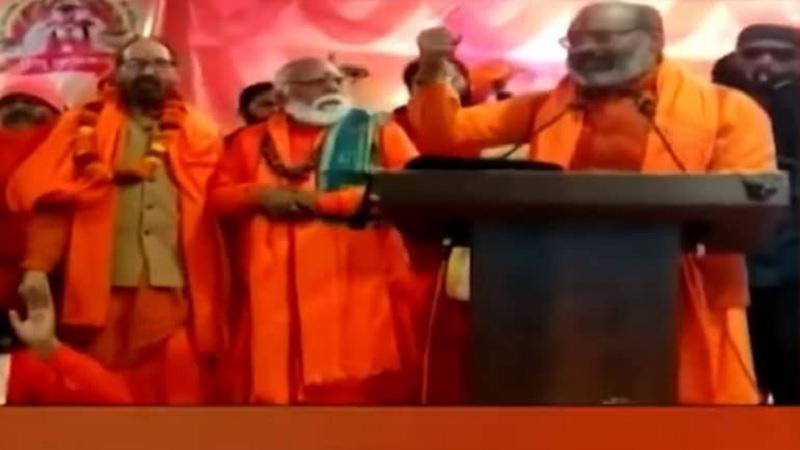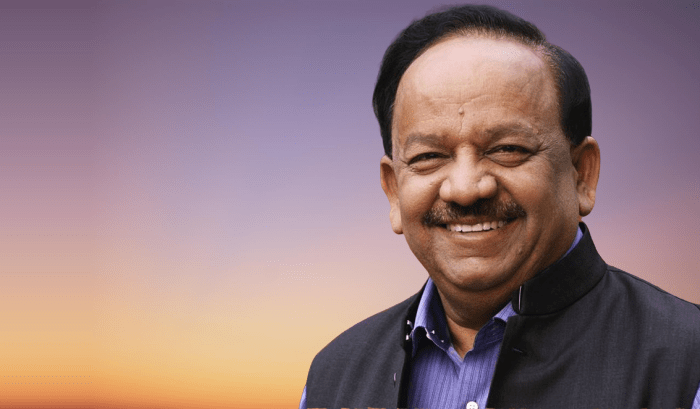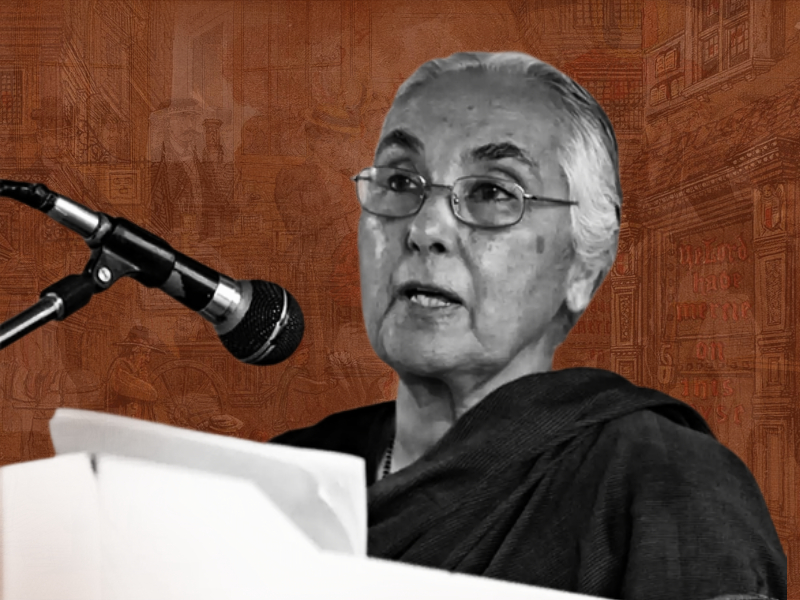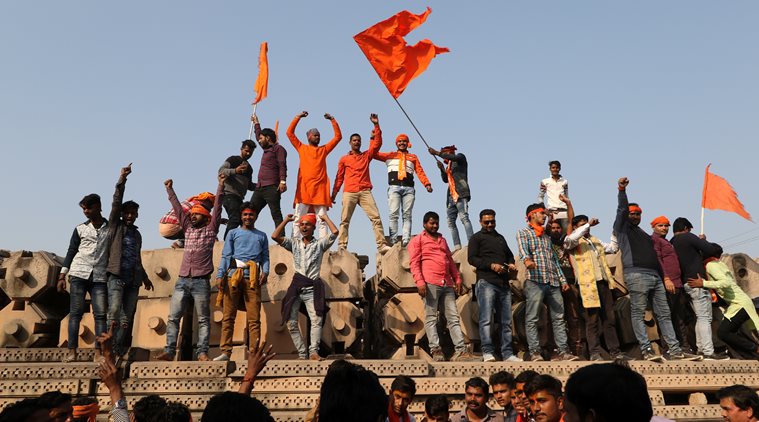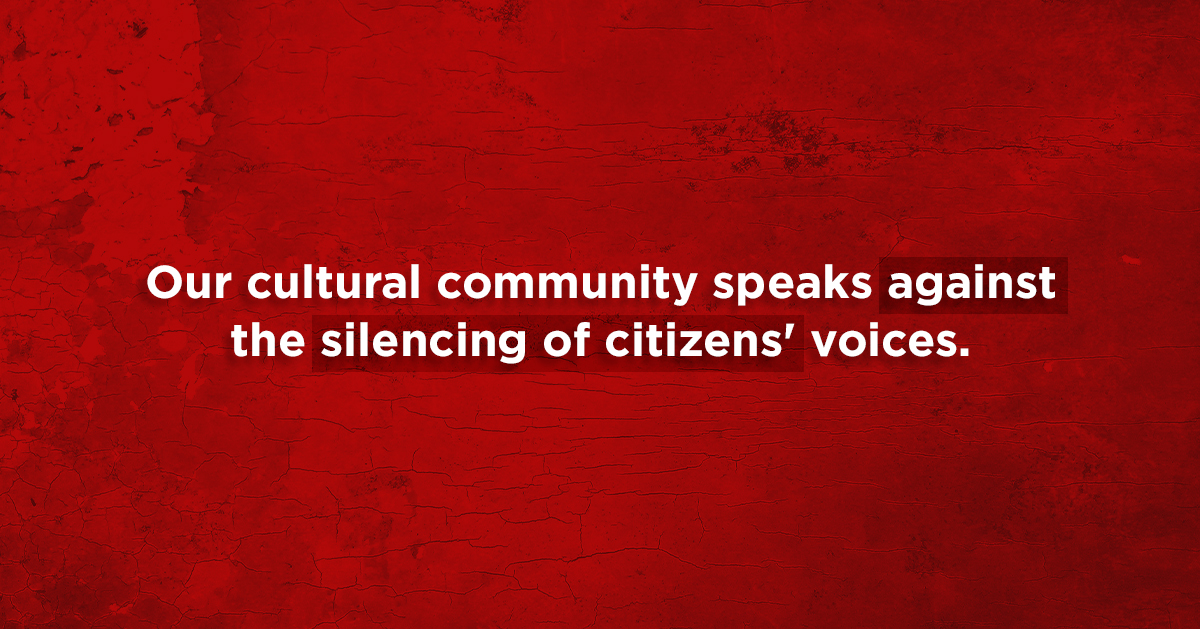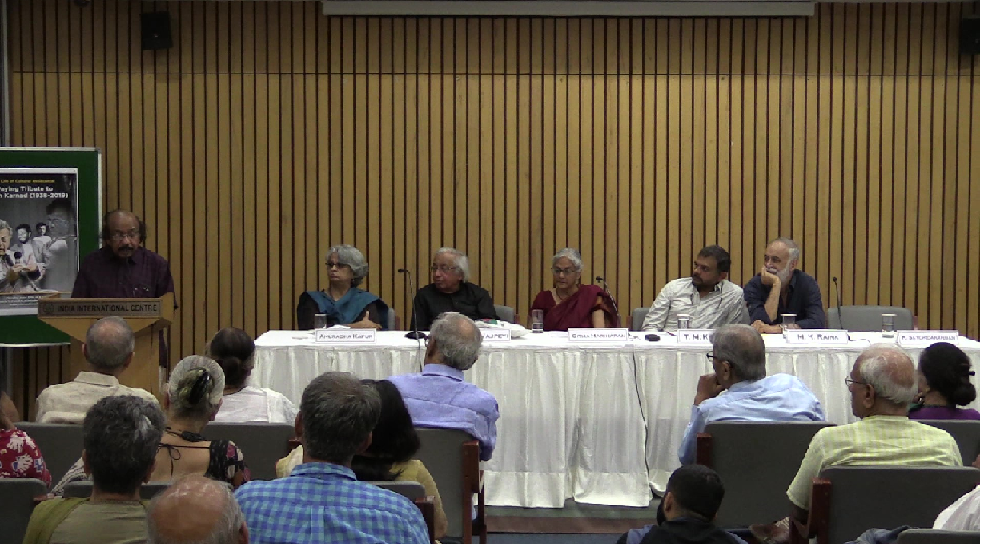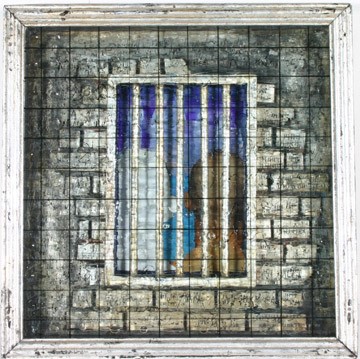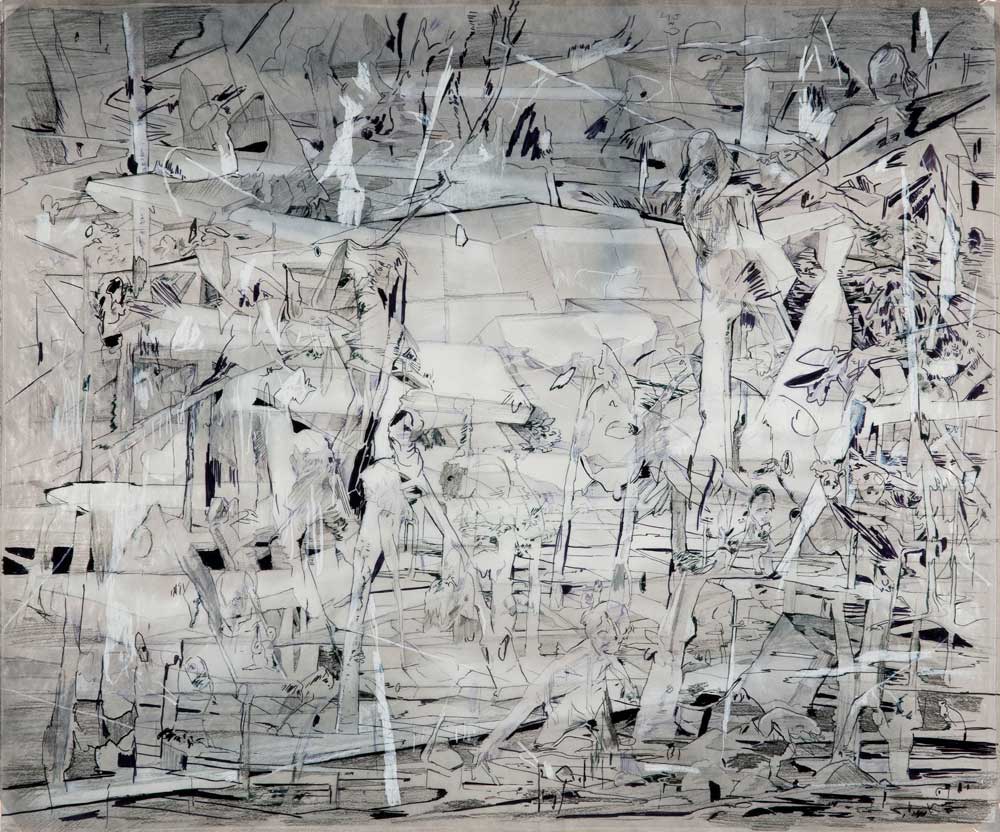Ayodhya: City of Faith, City of Discord, written by Valay Singh and published by Aleph last year, is a biography of the city of Ayodhya. Over thousands of years, the city has been a place of reverence for many faiths; but it has also been a place of violence, bloodshed and ill-will. Going back almost 3, 300 years to the time Ayodhya was first mentioned ever, Singh traces Ayodhya’s history, its transformation from an insignificant outpost to a place sought out by kings, fakirs, renouncers and reformers and, later, as the centre-stage of Indian politics and its political imaginations.
On November 9, 2019, a five-judge bench of the Supreme Court, in the Ram Janmabhoomi-Babri Masjid land dispute, held that the area where the Masjid once stood was to be given to its Hindu claimants.
What is the history of Ayodhya? In June this year, a panel of speakers that included eminent historians Romila Thapar, Kunal Chakrabarti, political scientist Zoya Hasan, and the author Valay Singh himself, had discussed Ayodhya’s history and other questions at the book launch of “Ayodhya: City of Faith, City of Discord” in New Delhi.
The Indian Cultural Forum is republishing the videos of the three prominent speeches, each providing a different vantage point to look at the issue from, as we approach 27 years since the demolition of Babri Masjid on 6th December, 1992.

History cannot be used to justify faith and vice versa: Romila Thapar
“The mixing of history and belief is a source of intense irritation to the historian”, said veteran historian and academic Romila Thapar. Thapar talks about the necessity of maintaining a sharp distinction between history and belief in her speech here, and says she believes that Singh’s book in fact makes the distinction between historical narrative and the narrative that emerges out of faith. Early on in the talk, she establishes that as a historian, she sees no cross-evidence for the historicity of the person of Ram, especially when compared to the cross-evidence found for the historicity of the Buddha, in terms of Ashokan pillars and the like.
Post the November 9th judgement, Thapar wrote, “The verdict is a political judgement and reflects a decision which could as well have been taken by the state years ago. Its focus is on the possession of land and the building of a new temple to replace the destroyed mosque. The problem was entangled in contemporary politics involving religious identities but also claimed to be based on historical evidence. This latter aspect has been invoked but subsequently set aside in the judgement”.
The cult of Ram was popularised post 16th century BC: Kunal Chakrabarti
Kunal Chakrabarti, professor at the Centre for Historical Studies, Jawaharlal Nehru University, talked about how there is no conclusive archaeological evidence of a temple at the so-called “Ramjanmabhoomi”, the evolution of Ram in the many versions of Ramayana that have been introduced over the centuries and more.
The Hindu Right’s role in communalising politics and politicising religion: Zoya Hasan
Academic and political scientist Zoya Hasan talks about the politics of Hindutva, the Ayodhya dispute’s role in BJP’s rise to power, Hindutva’s vicious use of religious symbols, cultures, and institutions to construct a “Hindu vote bank” and the country’s rapid move towards the reality of a majoritarian state.
Hasan argues here that the book stands out for three major reasons: it articulates the three major sides of the dispute, failure of the country’s political institutions and parties in resolving the dispute, and the role of the Hindu right and its affiliates in using religion to communalise politics and politicise religion”.
Hasan was also one of the 103 signatories to a statement issued by academics in the country that called for a review of the November 9th Ayodhya verdict.
